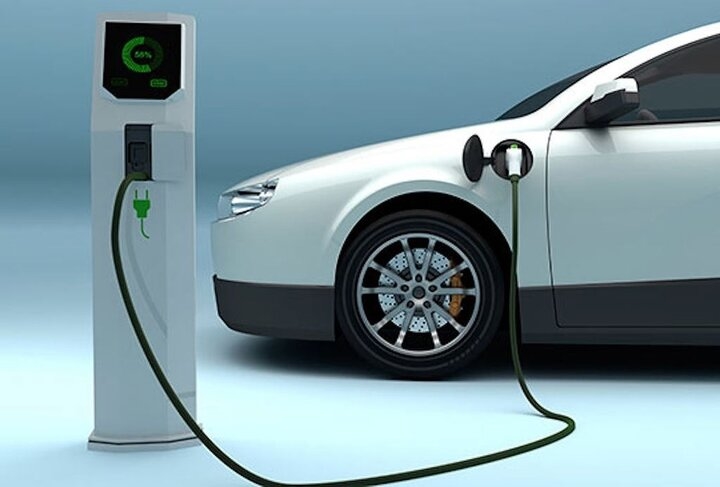Advantages and Disadvantages of Home Charging for Electric Vehicles
Home charging for electric vehicles is considered more convenient and cost-effective in the long run. Additionally, it spares drivers the hassle of finding charging stations while on the move and eliminates the need to queue for charging.
However, setting up home charging can incur significant upfront costs. For instance, the average installation cost for a Level 1 charger, including materials and labor, ranges from $800 to $1,500 for indoor installations and can go up to $2,500 for outdoor setups.
Nevertheless, if vehicle owners intend to use their electric cars for longer trips, a Level 2 charger is necessary. Level 2 chargers are not only more powerful but also more complex as they require a 240-volt outlet and higher amperage. As such, ensuring electrical system compatibility is essential. Otherwise, owners must install a new service panel and compatible outlet, incurring costs ranging from $1,000 to $1,500 or possibly more.

(Illustrative image)
Pros and Cons of Public Charging Stations for Electric Vehicles
Public charging stations become essential when undertaking extended trips in an electric vehicle.
Moreover, public stations offer DC fast charging, which is unavailable at home. This technology enables charging an electric vehicle from 10% to 80% in just 15 minutes.
One downside of public charging is the potential for crowds and waiting times. Additionally, the cost of charging an electric vehicle at a public station is typically higher than home charging, although it varies depending on several factors, including location and the network in use.
For instance, some locations charge by the minute, while others bill by kWh (the amount of energy the vehicle receives). Furthermore, charging costs can differ based on the type of electric vehicle and weather conditions, similar to how fuel costs fluctuate.
In conclusion, both home and public charging options have their advantages and disadvantages. Home charging is slower but offers autonomy and efficiency, especially if you live far from public charging stations. In contrast, public charging is faster but comes with the trade-off of potential queues and a lack of control over the charging process.
According to VTC News









